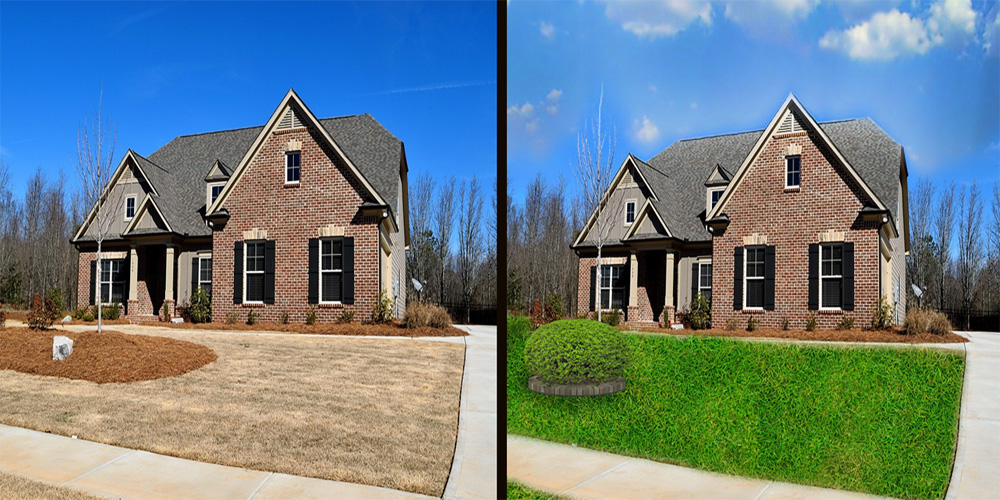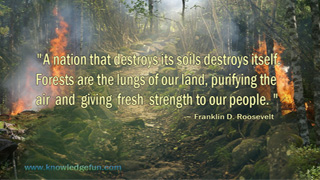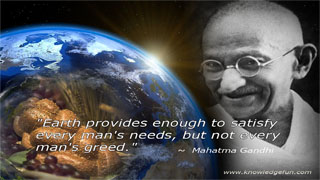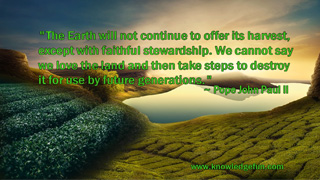Synthetic Grass: An Increasingly Popular Alternative for the Yard
by Daniel DeGiorgio - www.ddslandscaping.com.au
As Australia's severe drought has turned many green, lush gardens and yards into brown, lifeless dustbowls, an increasing number of Australian homeowners are turning to synthetic turf as a viable solution. Similarly, more home builders, landscapers, and sports and commercial facilities are actively investigating and promoting synthetic surfaces, causing a dramatic surge in synthetic turf demand here in Australia.
The Benefits of Synthetic Grass versus Natural Grass
There are many benefits to installing synthetic grass versus natural grass, here are just a few:
WATERING
With increasing Stage 3, Stage 4 and Stage 5 water restrictions in place across most of the country, water conservation is now at a critical point, and many homeowners are finding that they are simply not allowed to water their lawns. While rainwater tanks can certainly alleviate the problem in the short term, they really only work if there is adequate rainfall to fill them up. Grey water systems can also address some of the problem, but the fact is that the chemicals and soaps in grey water collected from some of these systems can, if not treated properly, actually damage a lawn.
Finally, for commercial applications, including football ovals, golf courses, retirement communities, property developments and sporting facilities, the cost and effort to transport water via a pipe system or truck can be prohibitive (and, as has been seen in the news, can anger a town's residents by using this precious resource for a non-vital purpose).
Synthetic grass, on the other hand, requires no watering, thus helping Australians to conserve water. A synthetic lawn remains green, lush and soft regardless of climate changes, temperature or other environmental conditions, making it a logical and viable alternative for both home and business applications.
ENVIRONMENT
As mentioned above, maintaining a natural grass lawn requires regular use of fertilizers, chemicals and pesticides. Apart from the inherent danger of exposure to children, pets and native animals in the neighbourhood, these products invariably migrate into the soil, groundwater, and eventually into lakes, streams or even the ocean. This can have significant long-term effects on the planet's plants, animals, the air we breathe and the food we eat.
Synthetic Grass, on the other hand, requires no chemicals or pesticides for maintenance, and provides a safe, healthy environment for families and the public.
Safety - Natural grass lawns and sports fields are rarely perfectly flat. With regular use, a grass lawn will develop dips, mounds, bumps, holes and other inconsistencies that can cause tripping, twisted ankles or other major injuries.
A properly-installed synthetic lawn, however, is most commonly built on top of flat, level ground (usually excavated and grated), which contains one or two layers of compacted, crushed base and a layer of foam padding. The lawn is then in-filled with a combination of either rolled sand or crushed rubber, and then raked or brushed to ensure a consistent, flat, soft surface. When done right, a synthetic lawn or sports field is much safe than natural grass, hence the reason why more major sports organisations and schools in the U.S. and Australia are replacing their sod and natural grass with synthetic surfaces.
About the Author
Daniel DeGiorgio is the owner of DD's landscaping, an Australian firm specialising in Synthetic Grass installation and maintenance. Daniel has been working with the DD's team satisfying customers for over 15 years. He believes landscaping your home or business is about creating an atmosphere that appropriately represents your personality and establishment. For more information feel free to visit: http://www.ddslandscaping.com.au

MAINTENANCE
The hot and dry climates unique to Australia make natural grass very difficult (and costly) to maintain. Homeowners, councils, and property management companies spend large amounts of money on water, fertilizers, pesticides, chemicals, mowing and general labour to keep their natural grass in good condition.
Synthetic grass, however, requires none of these costly items. Maintaining a synthetic lawn is as simple as raking the leaves when needed, and an occasional topdressing of sand or rubber. In addition, many synthetic turf manufacturers will apply a special UV coating to protect the lawn against the harsh ultraviolet rays of the sun - ensuring that the synthetic grass will not fade or weaken with age.
APPEARANCE
Technology has vastly improved synthetic turf in the past decade. Gone are the days of neon-green Astroturf or knee-burning plastic-fibre carpets. Today, synthetic turf comes in different fibre lengths, colours and weaves, and is manufactured to exactly replicate the look and feel of natural rye, bermuda, bluegrass, centipede or virtually any type of natural grass available. The new generation of synthetic turf also feels incredibly soft to the touch, which is a welcome addition for children and pets.
Cost It is commonly believed that natural grass is much cheaper than synthetic grass - as grass seed or turf transplants are relatively inexpensive. So, the bulky up-front investment for purchase and installation of synthetic turf may seem expensive. Quotations for purchase and installation of artificial grass are usually made on a per square metre basis, which can vary depending on the size of the job or the area of turf being installed. A quotation will typically include the price of the turf itself, installation and a warranty.
When factoring in the 5- to 10-year cost of grass seed, water, fertilizers, lawnfeed and pesticides, as well as the labour and time to mow, trim, aerate, fill, mulch and maintain a natural grass lawn, it becomes clear that a synthetic lawn can pay for itself within a few years, depending on the size of the area and the quoted cost.
For the average homeowner, however, the most popular benefit of owning a synthetic lawn is "Time". Less time maintaining a lawn means more time enjoying it. More time for backyard cricket with the kids. More time for backyard footy. Or just simply "more time in the backyard".





